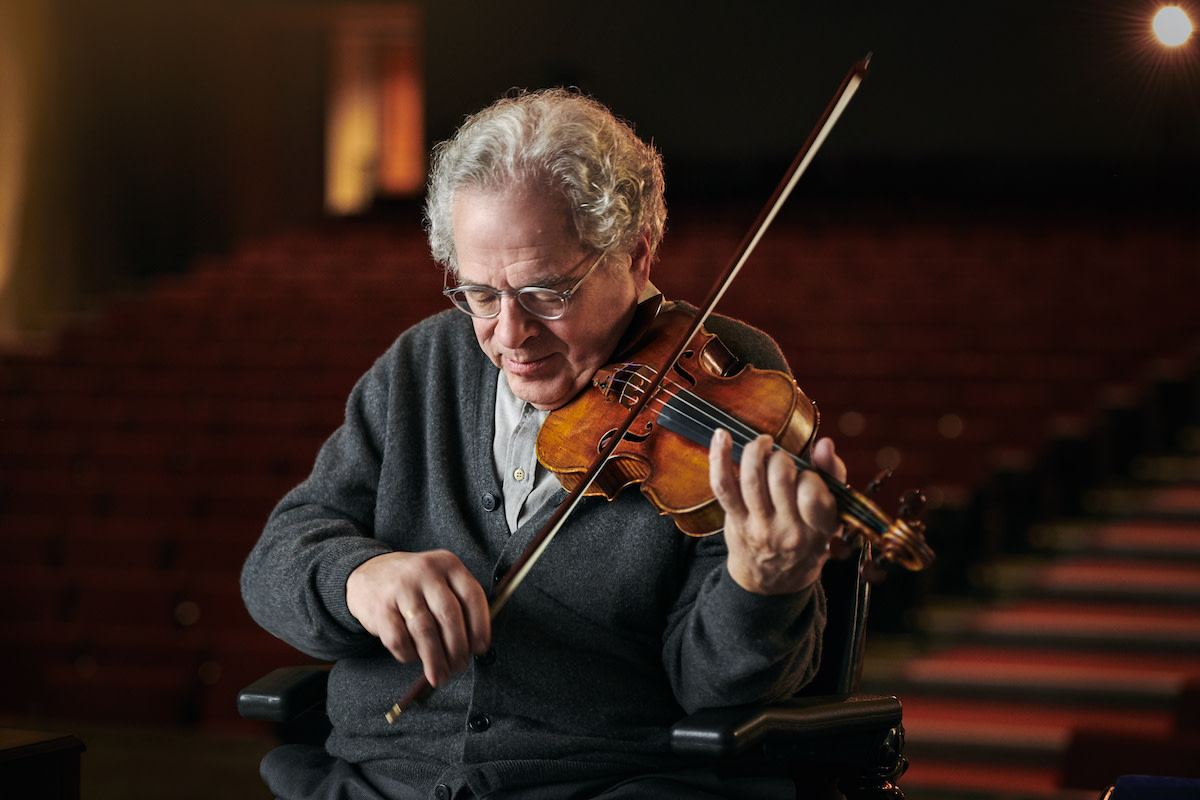Violin 101: What Is Vibrato in Violin? Learn String Vibrato with Violinist Itzhak Perlman
Written by MasterClass
Last updated: Sep 2, 2022 • 3 min read
Once a string player—a violinist, violist, cellist, double-bassist, etc.—learns how to hold the instrument and play in tune, the next order of business is developing proper performance technique. For music involving sustained notes and lyrical phrasing, few techniques are more essential than proper vibrato.
Learn From the Best
What Is Vibrato on the Violin?
Vibrato is a slight fluctuation in pitch that’s used to create a warmth or richness of tone. On the violin, it is a left hand technique; the effect is produced by rocking the finger from the wrist or arm.
What Are the Types of Vibrato on Violin?
The vibrato technique can be executed using a variety of methods. Accomplished violinists will eventually master all of these methods via deliberate practice, careful listening, and one-on-one work with a violin teacher.
Learn Vibrato Techniques from Violinist Itzhak Perlman
Perhaps no violin teacher is more qualified to discuss the art of beautiful vibrato than renowned violinist Itzhak Perlman. Below, Perlman surveys the most common forms of vibrato for an accomplished violinist:
- Arm vibrato. The impulse for the vibrato comes from the arm, and the entire arm and hand serve to rock the fingertip. While he uses this kind of vibrato on occasion, Perlman says that there is generally less control with arm vibrato than with wrist and finger vibrato. Indeed, most professional violinists use arm motion vibrato sparingly.
- Hand vibrato. The impulse for the vibrato comes from a rocking motion of the hand. The arm stays relatively still.
- Finger vibrato. Perlman uses this kind of vibrato most frequently. Here, the impulse also comes from waving the hand from the wrist but at times comes straight from the muscles of the hand and fingers. Note that the most accomplished string players possess strength and control throughout all four of their fingers. If your first finger (index finger) is strong, turn your attention to developing equally strong technique with second finger, third finger, and fourth finger.
- Slow vibrato. The speed of the vibration is slow, which means you are rocking the finger slowly.
- Wide vibrato. Made using bigger oscillations of your finger, rocking it wide so the pitch wavers widely.
- Narrow vibrato. Made with smaller oscillations of your finger, rocking it narrowly so the pitch varies only slightly from the vibrato. A wide, fast vibrato can sound more “juicy” and is used for Romantic literature.
How to Develop Your Vibrato Technique
In the beginning, it takes a while to develop the motion of vibrato. For wrist and finger vibrato, the vibrato motion is something like a combination of rolling dice and waving to yourself. For arm vibrato, it’s a little like shaking your fist at someone. The key is to persist in trying and then to develop these muscles by implementing vibrato as often as possible in your playing.
Expect this to be a long-term project; it can take years to turn this technique into something that feels natural. Vibrato becomes art when you can learn to vary it.
- You can reduce this variation down to two simple parameters: speed and width. Vibrato can be slow or fast. Vibrato can be wide or narrow. Then you can combine the speed and the width to create variation.
- Vibrato can vary within a piece or even within a phrase: you might play the first theme in a piece with a medium-width vibrato, but when the theme appears again later, you may play it with a wider vibrato to make the second appearance more intense.
- Different speeds and widths can work for different parts of the violin. If you’re playing very high on the E string, for example, you would use a narrow vibrato because the note placement is so close on that part of the violin. A narrow movement is all you need to fluctuate the pitch.
Learn more violin techniques in Itzhak Perlman’s MasterClass.
